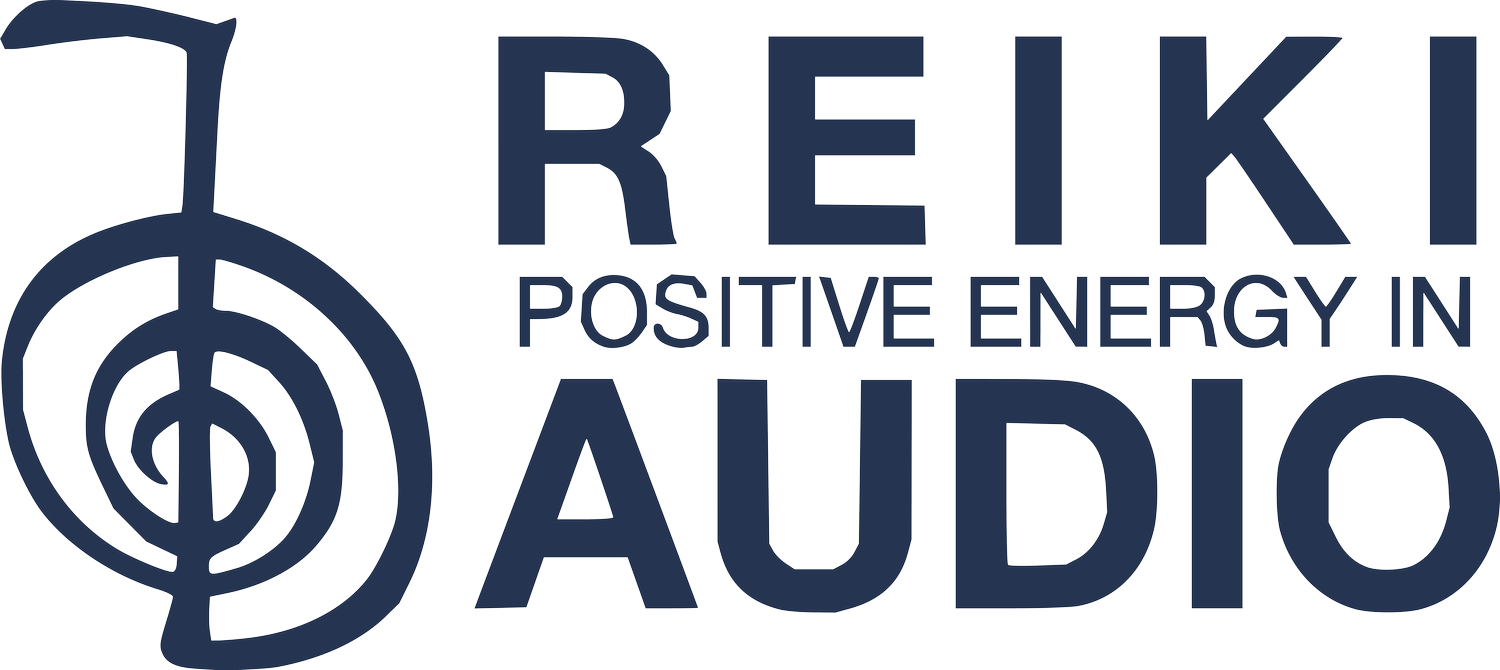Is that the time? The fallacy of ethernet clock accuracy
The importance of clock accuracy to the sound quality of digital systems is well-established. Not only do all major manufacturers of DACs, streamers and upscalers extol the benefits of the high accuracy clocks they use, there is a strong market for standalone reclockers and master clocks for those seeking to improve on what might already be a fine sounding system up to the same level. Poor quality clocks in the post-streamer digital domain can introduce jitter (time distortion) which manifests as an often audible deterioration in sound quality. The relationship between clock accuracy and sound quality is not only logical in theory, it is strongly backed by empirical evidence shared enthusiastically among audiophiles.
So why fallacy? Simply because ethernet clocks are a completely different beast from the clocks discussed above and, unlike those, there is no mechanism by which ethernet clock accuracy can impact sound quality. Such a bold statement (no I don’t mean the font) obviously needs unpacking…
Ethernet is part of a complex set of protocols and standards established in the 1980’s and represented in the 7-layer model of the Open Systems Interconnection (OSI) model. Our focus on audio applications is the lowest 2 layers. The Data Link layer specifies how data is moved in “frames” and the OSI model incorporates error checking, data buffering etc in order to maximise the reliability of data exchange over huge distances. In plain language, the data transmitted via your router to your streamer will arrive, having been buffered if necessary, in bit-perfect order.
Up to the streamer (ie. in the ethernet world), “jitter” refers to variations in the delivery of data packets which can cause network performance issues; it’s typically caused by overloaded networks in corporate settings struggling to receive and forward data frames/packets but is rare in home networks. Any competent clock will minimise the variation in packet delay but crucially any such jitter that does exist can have no impact on sound quality as your streamer extracts the audio files from the buffered data frames (you can briefly unplug a streamer from the ethernet connection to demonstrate this as your music will keep playing, for how long depends on its buffer size). At this point clock accuracy – the minimisation of jitter - does indeed become important - but not before.
This raises the FAQ (Fiendish Anticipated Question): Why do so many manufacturers of audiophile ethernet devices enthuse about the accuracy of their clocks? There are several answers.
Firstly, some manufacturers may not entirely understand the difference between the mechanisms at play up to and after the streamer.
Secondly, many manufacturers are responding to the demands of a customer base which also does not understand this difference. We’d venture that this is more about going with the grain of customer expectations and demand than cynically exploiting customer misunderstanding.
Thirdly, in theory clock quality rather than accuracy may indeed affect sound quality eg. if a clock chip is particularly noisy (generates more RFI than another) then replacing it with a quieter one can improve sound quality. We’re not sure we’ve ever seen evidence of comparative testing which suggests any inverse correlation between clock accuracy and clock noise, but include this for completeness.
While many manufacturers of audio-targeted network switches sustain this misunderstanding for one or more of the above reasons, there are exceptions. Two of these follow (we’re sure there must be more) and they take different approaches:
Company 1 makes some of the very best DACs in the world and their current range includes a DAC/streamer. They are on record in online discussions as dismissing the relevance of ethernet clock accuracy to sound quality while expounding the importance of clock accuracy in the digital (streamer onwards) domain. There is absolutely no conflict here, indeed it demonstrates a proper understanding of both domains and the relationship between them.
Company 2 has built up in just a few years an impressive range of combined ripper/storage devices and streamers as well as a highly regarded audiophile network switch. They do include a high accuracy clock in the latter – after all, they have access to a ready supply of them from their digital devices – but they cleverly sidestep the issue of accuracy and sound quality with a reference to the superiority of internal over external clocks. We’re not sure many ethernet switches, whether audiophile or budget, use external clocks and if they did then any “precision losses” in the ethernet domain would not impact sound quality. This appears to be an understandable case of going with rather than against the grain.
For the record, we seek to observe not pass judgement (perish the thought!). We hugely admire both companies for the qualities of their products and their continual innovation in the digital audio space.
To conclude: we trust that these reflections not only give you food for thought but also make your network switch purchasing decision easier – and of course save you wasting time and money on ethernet clock “upgrades” which simply aren’t.
Let’s close with another statement, this time from… er, let’s call them Company R: All Reiki Audio SuperSwitches employ an enterprise standard 25MHz clock which delivers the highest possible audio performance.
January 2023

